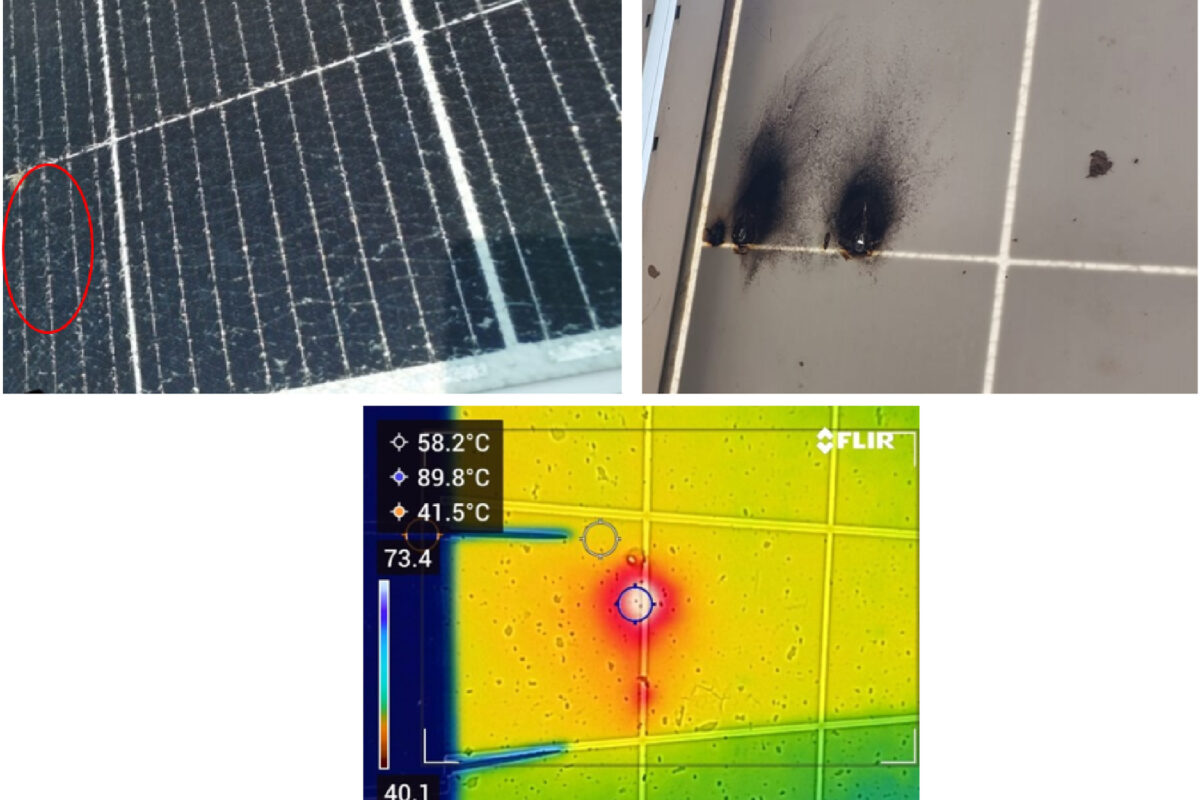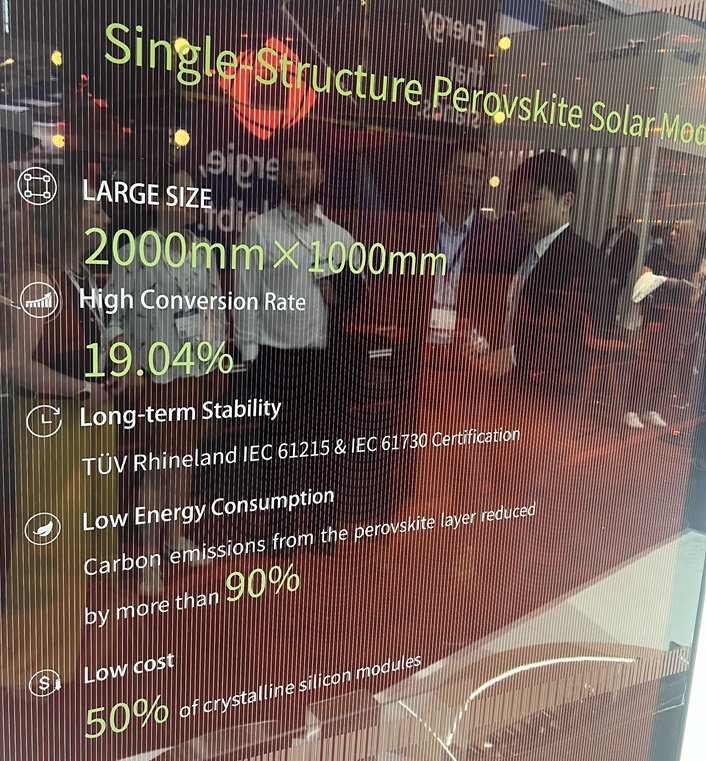The graph for technology performance is designed to help manufacturers of perovskiet module to develop technical bankability and to emphasize the economic viability of their technology.
Norwegian Classification Society DNV has proposed a TPL card for Technology Performance (TPL) for PVSKITE PV modules.
The graph plays as part of DNV’s recently released Technical Bankability Level (TBL) Rubic For perovskites and other PV technologies.
DNV says that his TBL -Rubic is structured in the same way as the technological readyness levels of NASA and focuses on the technical risks of a technology from the perspective of those who finance large implementations.
The TPL graph for perovskiet modules consists of a risk scale of nine levels that DNV says it helps to “clarify the development path to technical bankability”. The company adds that manufacturers of Perovskite modules are already aimed at marked problems and may have developed their own route maps without TPL -Nomenclature.
The graph assesses the perovskiet technology through the level of energy costs, energy figure of merit, highly accelerated life test (Halt) and transit, to help classify the perovskiet module as or not economically viable, which requires some technological or conceptual improvement, or economically viable, or or Economically viable, or economically viable and competitive as a form of renewable energy.
DNV says that his graph emphasizes that extensive documentation, including records of used materials and production processes, are vital to be able to build correlations with subsequent field results and test results.
It also recommends the use of fast field implementations to build a quantity of knowledge around failure modes of field error, as well as applying tests not to confirm or confirm that test error mode is representative of failure modes.
DNV continues to emphasize that reaching a TPL of 8 still cannot be bankabel if financiers are left with questions about the exploration of failure modes, the predictability of the energy yield or if the production quality and controls can produce sufficient consistent module quality
The company then presented an extensive TBL-Rubic for perovskites, assessing reliability and halt, incoming quality controls, in-line process quality control, equipment management, safety and toxicity and energy reasons and modeling, also available as part of the TBL-Rubic.
This content is protected by copyright and may not be reused. If you want to work with us and reuse part of our content, please contact: editors@pv-magazine.com.
Popular content



